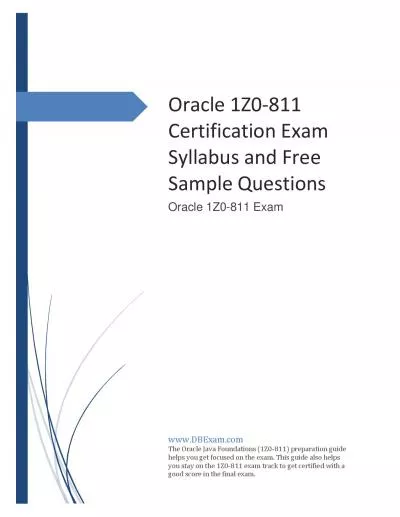PPT-Java Data Types
Author : lois-ondreau | Published Date : 2016-03-19
Data types variable declaration and initialization Type Size Use Int 4 bytes Integer Long 8 bytes Bigger Integer Float 4 bytes Decimal values Double 8 bytes Precise
Presentation Embed Code
Download Presentation
Download Presentation The PPT/PDF document "Java Data Types" is the property of its rightful owner. Permission is granted to download and print the materials on this website for personal, non-commercial use only, and to display it on your personal computer provided you do not modify the materials and that you retain all copyright notices contained in the materials. By downloading content from our website, you accept the terms of this agreement.
Java Data Types: Transcript
Download Rules Of Document
"Java Data Types"The content belongs to its owner. You may download and print it for personal use, without modification, and keep all copyright notices. By downloading, you agree to these terms.
Related Documents

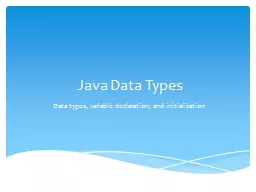
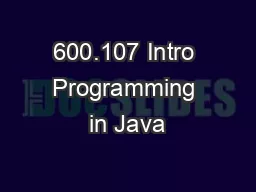


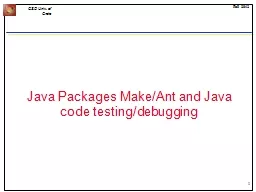

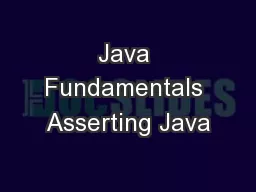

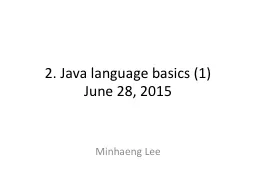
![[FREE]-Java Java For Beginners Guide To Learn Java And Java Programming (Java Programming](https://thumbs.docslides.com/970816/free-java-java-for-beginners-guide-to-learn-java-and-java-programming-java-programming-books.jpg)
![[FREE]-Java: This book includes: Java Basics for Beginners + Java Front End Programming](https://thumbs.docslides.com/973042/free-java-this-book-includes-java-basics-for-beginners-java-front-end-programming-java-back-end-programming.jpg)
